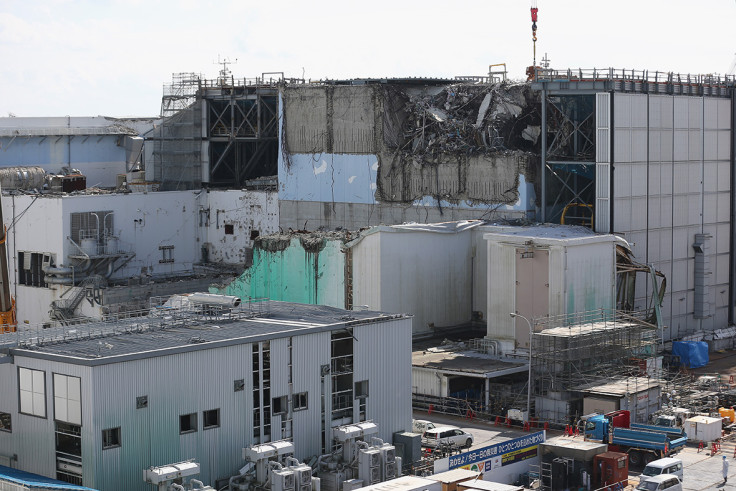Radiation from 2011 Fukushima disaster in Japan reaches the US
Disaster triggered tsunami which killed nearly 15,000 and sparked a nuclear disaster on 11 March 2011.
Researchers have revealed that radiation from Japan's 2011 Fukushima nuclear disaster has been detected across the Pacific in Oregon almost 6,000 miles away. Radioactive material, in the form of an isotope known as cesium-134, was recorded by scientists in seawater samples from Tillamook Bay, around 50 miles west of Portland and in Gold Beach, 250 miles to the south of the bay.
On 11 March 2011 a 9.0-magnitude earthquake triggered a wave of tsunamis that struck Japan's east coast killing 15,000 people. The quake, the largest tremor since records began 140 years ago, generated 10-metre waves and wiped out large areas of the coastal region.
The tsunami triggered a nuclear reactor meltdown at the Fukushima Daiichi power plant releasing several radioactive isotopes, including the dangerous fission products of cesium-137 and iodine-131. These contaminated the air and water in the area leading to the evacuation of more than 160,000 people.
Researchers from the Woods Hole Oceanographic Institution were cited in the Statesman Journal saying that the levels detected were extremely low and do not pose a threat to humans or the environment. They added that the Fukushima InFORM project, led by University of Victoria, found cesium-134, had also been detected in a Canadian salmon north of Oregon.
The InFORM project is a coalition of scientific and non-profit organisations, including Woods Hole, which has been tracking the course of radiation across the Pacific. The Woods Hole Oceanographic Institution took the samples in January and February.
Cesium-134, which has been found in albacore tuna, contains the fingerprint of Fukushima Daiichi disaster due to its short half-life of two years, meaning the level of radiation is cut in half every two years. In contrast cesium-137 has a 30-year half-life, but despite increasing in the central northeast Pacific, they still are at levels that pose no concern, according to chemical oceanographer Ken Buesseler.
In November the group reported that a single sockeye salmon sampled from Okanagan Lake, around 200 miles inland from the Pacific, in Canada, had tested positive for cesium-134 after tests in the summer of 2015. Yet the level of radiation was more than 1,000 times lower than the action level set by Health Canada, thus no risk to consumers.

© Copyright IBTimes 2025. All rights reserved.






















